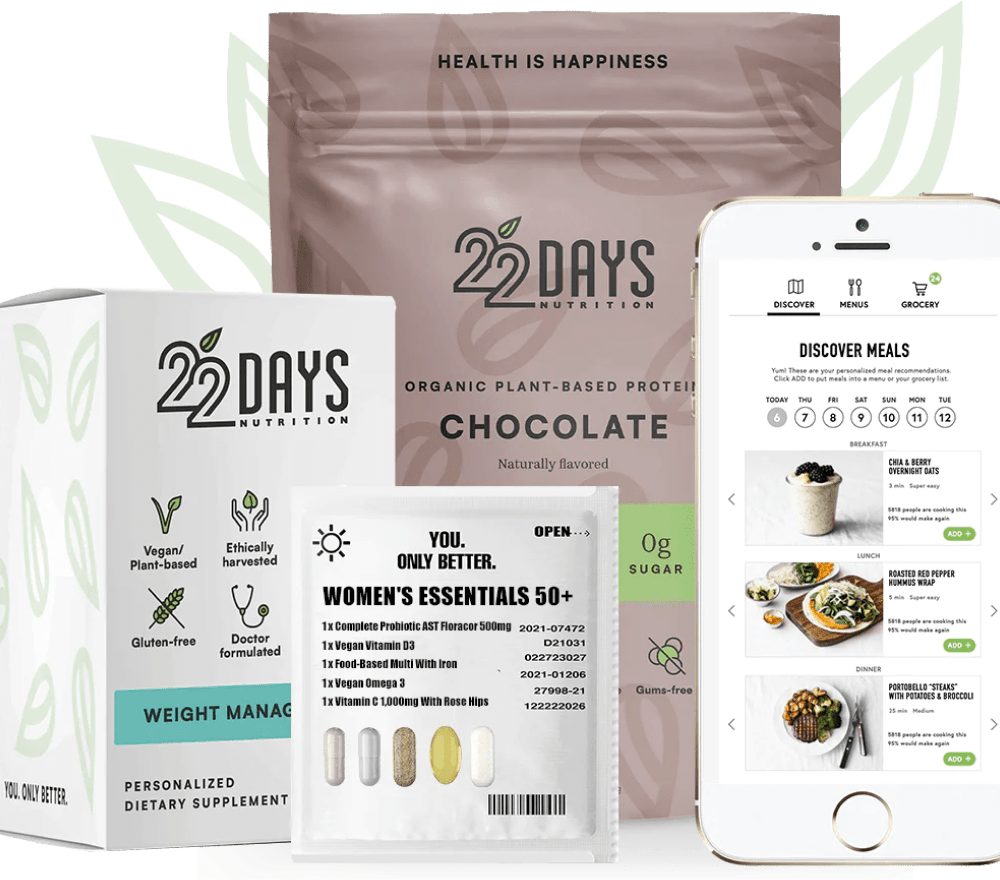Almond Flour 101

As the number of people who realize that they are gluten or wheat intolerant grow, so does the search for a good wheat flour alternative. One popular alternative is almond flour, which can be used in a variety of baking recipes with great results. The light, nutty flavor of almond flour meshes well with non-yeasted breads, muffins, and cakes and offers lots of healthy fats, fiber and trace minerals. However, there are a few things you need to know before trying out almond flour:
Tip One: Watch the Grind
Most almond flours are a bit…chunky, at least compared to the fineness of wheat flours. While there are many instances where you can use this to your advantage in baking, for the most part you’re going to want a finer grind to offer a smoother texture – particularly in desserts. This may involve some searching for the perfect blend, or you can make your own as described below.
Tip Two: Don’t Burn!
Nut flours tend to burn more easily when baking, so you want to watch your goods, at least the first time you are testing out a new recipe. You’ll also want to ensure that you line any muffin cups, cake or loaf pans with parchment paper so you can easily remove your baked good when it’s done.
Tip Three: Make your Own
While you can certainly make your own almond flour in a food processor using blanched almonds (not whole almonds, or you’ll end up with almond meal), in the long term you’ll be better off using a food mill to process your almonds – food processors just aren’t (usually) able to grind the almonds fine enough to use in baking. And if you process them too long, you’ll end up with almond butter (which is also good, but not when you want almond flour!) If you have trouble making your own almond flour, you can always purchase it. You’re most likely to find it at your local health food store or save yourself a trip to the store and buy it online.
Tip Four: Experiment
You can certainly experiment with almond flour in most types of recipes by replacing wheat flour 1:1 and adding a bit more rising agent (as almond flour is a bit heavier), but you might want to start with a few tried and true recipes first. Then when you get the hang of using almond flour, you can branch out to creating recipes on your own. Here are a few almond flour recipes to try: Crispy Peanut Butter Chocolate Chip Cookies Vegan Herb Crackers Vegan Raspberry Streusel Bars Vegan Protein Pancakes Almond and Chickpea Bread with Dried Fruit For a great primer on cooking with almond flour, you might also want to check out cookbooks from Elana’s Pantry and Against All Grain. Many of their recipes do call for eggs, but they also include 100% plant-based recipes in their books. For recipes that have eggs, you can always use an egg substitute to make a recipe vegan. You’ll soon find that almond flour works in just about any recipe that calls for flour and adds a light, nutty flavor that compliments most baked goods, in no time at all you’ll have a few favorite recipes that you’ll love!





